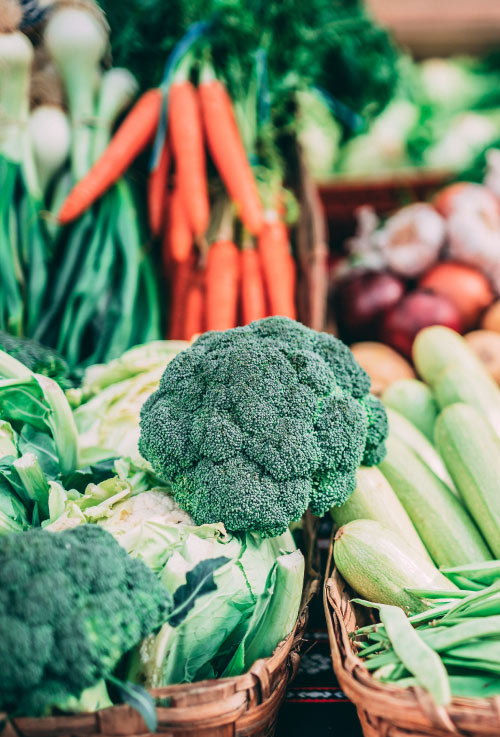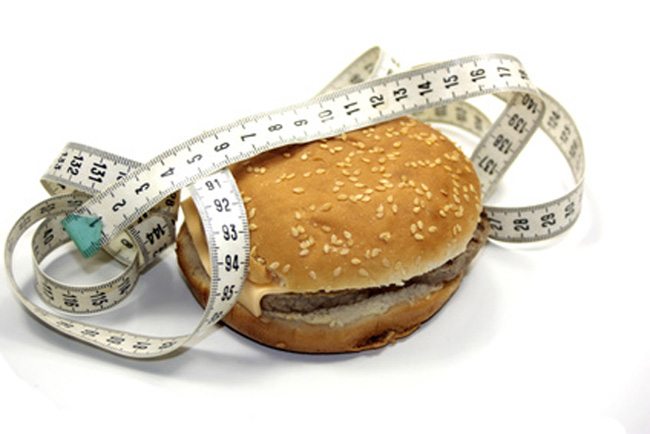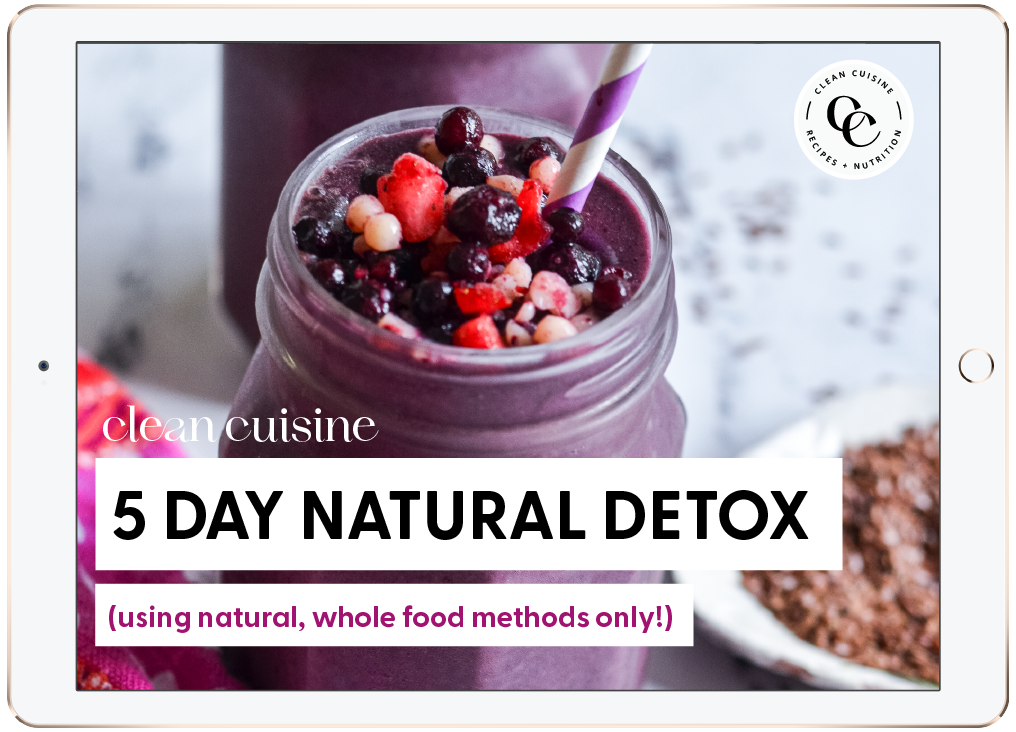Eating enough fruits and vegetables is absolutely mandatory if you want to optimize the results of an anti-inflammatory diet. Fruits and vegetables are one of the very best anti-aging, anti-inflammatory foods on the planet.

You Need To Eat A Lot More Fruits & Vegetables Than You Think!
Did you know the Centers for Disease Control and Prevention, the National Cancer Institute, the American Heart Association and the United States Department of Agriculture all recommend adults eat at least 7 to 13 servings of fruits and vegetables every day? That’s a whole lot more than the average person even comes close to eating!
In fact, statistics show that excluding potatoes, Americans only consume about 5 percent of their calories from fruits and vegetables (1) Not eating enough fruits and vegetables is actually one of the single biggest nutrition mistakes people make. And yet throughout every epidemiological study, one of the most consistent findings in the nutritional literature is that as fruit and vegetable consumption increases in the diet, chronic disease and premature deaths decline.
Anti-Aging, Anti-Inflammatory “Super Foods”
Every single fruit and vegetable is an anti-aging, anti-inflammatory “super food” bursting with antioxidants and disease-fighting, inflammation-reducing phytonutrients.
There is no such thing as a single “best” fruit or vegetable because each one offers its own unique composition of nutrients that work in a multitude of ways to fight inflammation, slow aging and improve health. To get the broadest spectrum of nutrients and anti-inflammatory antioxidants and phytonutrients your best bet is to eat a kaleidoscope of colors—the more color you can get onto your plate from a wide variety of fruits and vegetables the better!
For example, the pro-vitamin A compounds in bright red, yellow and orange produce such as carrots help increase collagen production and thicken your dermis for more youthful skin. They also support a healthy immune system and offer protection from heart disease, cancer, cataracts and other diseases. The vitamin C found in red bell peppers helps mop up free radicals, reduce arterial aging, aid in healing, boost your body’s ability to absorb iron and even helps protect against the effects of heavy metal toxicity.
Just hearing this might make you want to start eating nothing but carrots and bell peppers! But then you wouldn’t have room for tomatoes! Luscious red tomatoes are famous for containing lycopene, a phytonutrient believed to be independently protective against heart attacks by the way, but tomatoes are also rich in antioxidant vitamins C and E, potassium, folic acid and beta-carotene. (2) The point is, don’t play favorites! The more fruits and vegetables you can eat–and the more variety—the better.
Big Bang Benefits for a Teeny Tiny Calorie Buck
One of the reasons fruits and vegetables are so important to eat in abundance is because they offer such incredible nutritional bang for such a teeny-tiny calorie buck. I frequently tell my patients who ask about nutrition that if they made no other changes to their diet other than to massively increase their consumption of fruits and vegetables, then that one single dietary modification alone would indirectly make a major impact on their overall diet for two reasons:
1) Fruits and vegetables offer the most concentrated source of anti-inflammatory phytonutrients of any other foods.
2) Eating a large quantity of fruits and vegetables works mechanically to fill the stomach, thus making it less likely you will have room for unhealthy foods.
Real World Tips
I realize the thought of eating 7 to 13 fruits and vegetables everyday might sound a bit overwhelming, but I assure you it is doable. Keep in mind, a serving of vegetables, like servings of other foods, is actually a lot smaller than you might think. Try these tips for getting 12 servings of fruit and vegetables each day….
1) Start each day with a large serving of fruit (a large serving of fruit will actually count as 2 fruit servings)
2) Have a gigantic salad each day for lunch including at least 2 large handfuls of dark leafy greens plus another cup of raw chopped vegetables. That will give you about 3 servings of vegetables right there.
3) Have a fruit and green smoothie each day by combining a handful of leafy greens (parsley, cilantro, kale, spinach, etc.) with a handful of frozen fruit (mango, pineapple, strawberries, etc.) and a cup of water; blend in a high speed blender. You’ve just consumed an additional 1 serving of fruit and 1 vegetable serving. Click here for specific smoothie recipes and ideas. Also check out the Blender Girl Cookbook, an Amazon best-seller.
4) For dinner have a side salad (1 vegetable serving) plus two cooked side vegetable servings or a vegetable soup (2 additional vegetable servings.)
5) Have a large bowl of fruit for dessert. Now you’ve just had 2 final fruit servings.
References:
- USDA Economic Research Service. Loss-Adjusted Food Availability. http://www.ers.usda.gov/Data/FoodConsumption/FoodGuideIndex.htm.
- Kohlmeier L, et. al. “Lycopene and myocardial infarction risk in the EURAMIC study.” Am J Epidemiol. 1997 Oct 15;146(8): 618-26.







